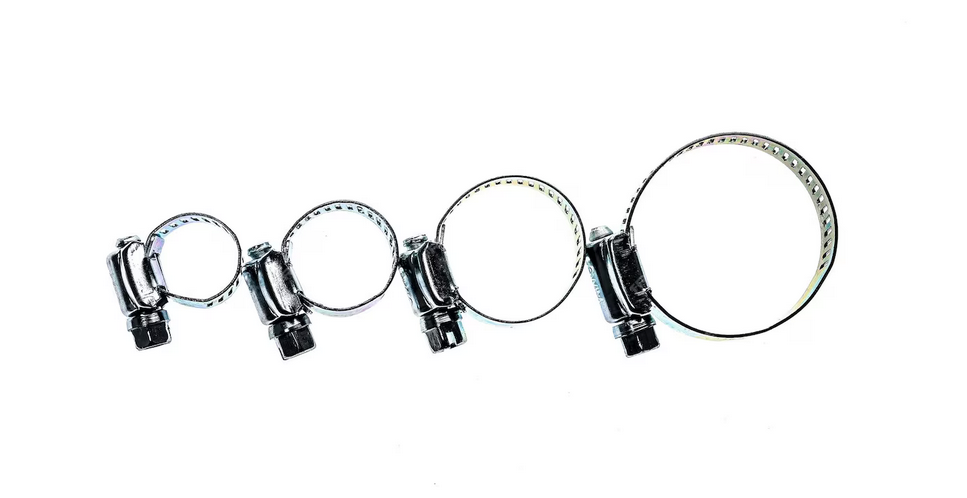
Silicone Hose vs. Rubber Hose – Why Clamp Compatibility Is Critical
In automotive, industrial, marine, and fluid systems, hoses are the lifelines – and clamps are the essential "locks" ensuring leak-free, secure connections. With the rising popularity of high-performance silicone hoses, a critical question emerges: Can traditional rubber hose clamps work reliably with silicone? The answer is often no. Understanding the material differences between silicone and rubber hoses – and how these impact clamp compatibility – is vital for system safety, longevity, and performance.
Silicone vs. Rubber Hoses: Key Material Differences
| Property | Rubber Hose (EPDM, NBR) | Silicone Hose |
|---|---|---|
| Hardness & Elasticity | Higher hardness, better elastic recovery | Softer, lower elastic modulus |
| Creep Resistance | Low-moderate creep (slow deformation under pressure) | High creep (prone to permanent deformation) |
| Surface Texture | Textured, higher friction | Smooth, low-friction surface |
| Temp. Range | -40°C to +120°C (varies by type) | -60°C to +200°C+ (superior stability) |
Why Clamp Choice Matters
Silicone’s softness, high creep, and slick surface demand specialized clamps:
1. Maintaining Clamp Tension
-
Rubber Hoses: Standard worm gear clamps often hold tension well.
-
Silicone Hoses: Require constant-tension clamps (with built-in springs) to auto-adjust for creep. Standard clamps loosen over time, causing leaks.

2. Preventing Hose Slippage
-
Rubber Hoses: Standard clamps grip adequately.
-
Silicone Hoses: Need lined clamps (NBR/fabric inner liner) or textured bands to grip the slick surface.
3. Avoiding Hose Damage
-
Silicone’s softness makes it prone to cutting/indentation by narrow-band clamps. Wide-band clamps (≥16mm) distribute pressure evenly.
Recommended Clamps by Hose Type
| Hose Type | Recommended Clamps | Avoid |
|---|---|---|
| Silicone | ✅ Constant-Tension Clamps (auto-compensate for creep) ✅ Lined Heavy-Duty Worm Gear Clamps ✅ Wide-Band T-Bolt Clamps (high-pressure) |
Narrow worm gear clamps Unlined clamps |
| Rubber | ✅ Heavy-Duty Worm Gear Clamps ✅ Lined Clamps ✅ Constant-Tension Clamps (vibration-heavy apps) |
Low-torque light-duty clamps |
5 Tips to Choose the Right Clamp
-
Identify Your Hose Material – Never assume compatibility.
-
Prioritize Tension Control for Silicone – Constant-tension clamps are ideal.
-
Demand Grip Enhancement – Choose lined/textured clamps for silicone.
-
Use Wide Bands – ≥16mm width protects soft silicone from damage.
-
Torque Correctly – Follow manufacturer specs (over-tightening cuts hoses; under-tightening leaks).
Conclusion
Silicone hoses excel in extreme temperatures but demand clamp compatibility. Standard rubber hose clamps will fail with silicone due to creep and low friction. Investing in purpose-engineered clamps – constant-tension, lined, or T-bolt designs – ensures safety, reliability, and peak performance.


 86-552-4193230
86-552-4193230




